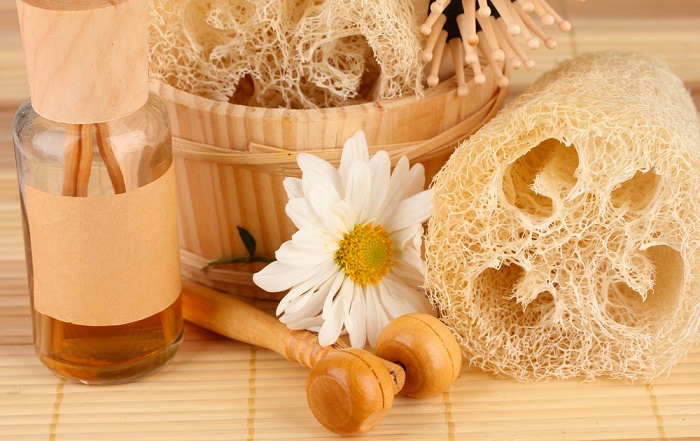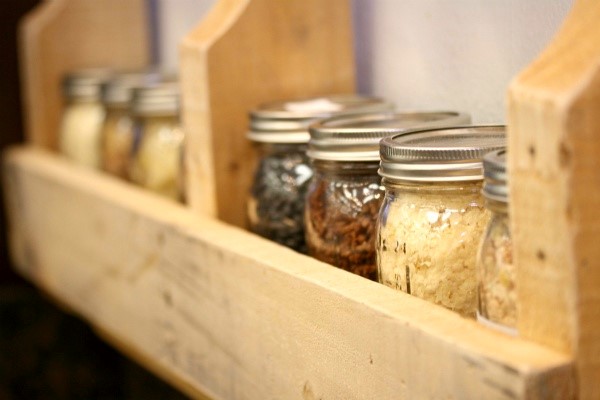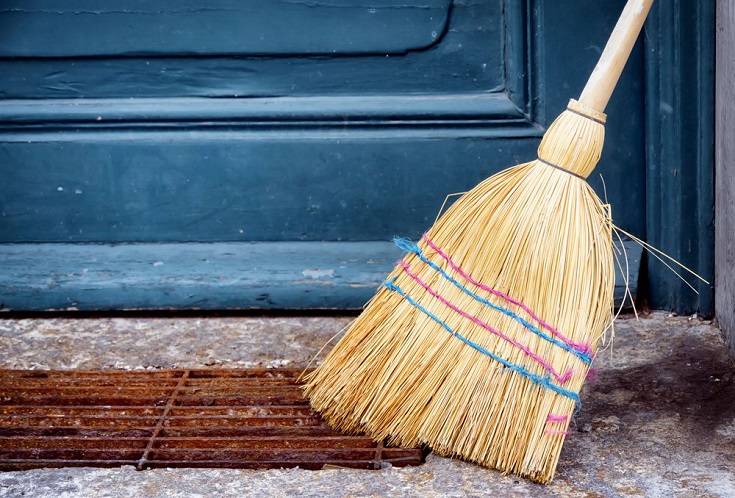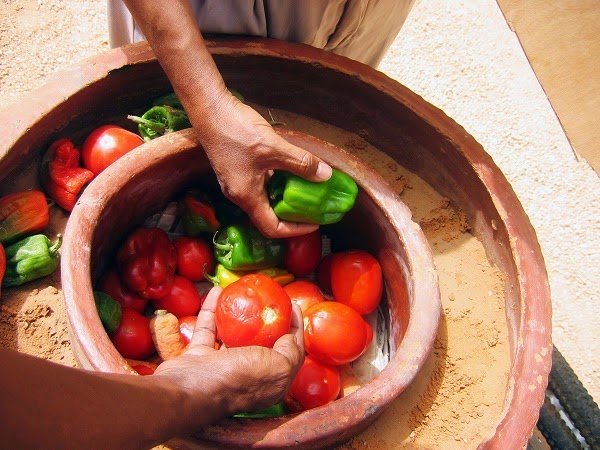Loofahs are a gourd species, and the only source of loofah. Although they can be eaten as zucchini or cucumbers when they are young and tender, if they are allowed to grow to full maturity, it will give you a very good exfoliating sponge. The seeds and leaves are also edible.
Growing and processing loofah or loofah
Loofahs or vegetable sponges are generally used for the shower, but they are also very useful in the kitchen when they are cut into discs and used to carve pots.
Loofahs, or loofahs, grow well in hot climates and in any frost-free area unless you take good care of them and plant them in a greenhouse.
How to grow loofah?
- It is best to germinate the seeds in trays or pots and transplant the seedlings.
- Soak the seeds for 24 hours before sowing. They will germinate four to five days later if you are in a hot climate, or up to seven days later if you are in a colder area.
- Grow the seeds in a tray or pot until they are a reasonable size, then transplant into the garden.
- To grow loofah, you will need to have good drainage, fertile soil with a high content of compost and organic matter.
- When you transplant them, give them water in a seaweed solution to help them establish. They need a trellis or fence to grow while they need to be off the ground.
- When they are growing well in the garden, water them with an organic comfrey tea or compost tea, once a week, to aid in the process.
- About eight weeks after planting, the flowers begin to form. When you see the flowers, stop feeding and give them a dose of sulfate of potash. That will give you the best opportunity to give flowers and fruits.
- The male flowers appear first and then, little by little, the female ones appear, they are the ones that bring the fruit.
- The hotter the weather, the more feminine flowers you’ll get. Make sure you have bees to pollinate around the loofah, otherwise you will have to do it by hand.
- Don’t give them too much water.
- Don’t give them too much fertilizer.
- Don’t bother them.
If you are in a warm or hot climate, they are easy to grow but take three to four months to reach a decent size. They are a good plant to grow in a sustainable garden, because in addition to being edible, they will replace the kitchen sponge and scourer and can be used as an exfoliator for the skin in the shower.
How to process loofah?
They look ugly. Dry skin is brown with mold spots, they look heavy but are deceptively light.
- The trick to making processing easier is to allow the loofahs to turn brown and completely dry before processing. That can be done either on the vine or when they have already been harvested.
- If they develop mold it is not a problem. Just let them dry naturally.
- They will be ready for harvest and processing when the skin is dark brown and very dry.
- If you take one in your hand, it will be very bright because all the meat inside has dried, leaving only a skeleton of fibers.
- When they’re at that stage, pick them up and put them on an outdoor table in the shade for a day or more to dry completely.
Break the end of where it was attached to the vine. That little one will come off the loofah very easily. When it does, hit the loofah on the table a couple of times to get the seeds out. There are very few seeds in each one, so keep gluing until all the seeds are out.
Next, squeeze the loofah with your hand to break the skin. You may see in the loofah that there is mold growing on the skin. If so, don’t worry. It can be fixed.
When the skin is already cracked all over, it begins to peel. It’s easy if you start at the bottom and pull a strip.
In the photo above you will see a loofah that has no mold and one (behind) that has.
Dip all the loofahs in a bleach bath diluted with water. It kills all the mold spores, and while you can’t see the mold on some of the loofahs, they might still be there. Use ¼ cup of liquid bleach in about 5 liters of water.
And here they are an hour later. The black spots that can be seen are the seeds that do not come out. When I removed the loofahs from the bleach, I doused them well with clean water and hit the loofahs against the wall to remove the remaining seeds. They are then dried in the sun.
Loofahs can be eaten like pumpkin when they are young but left to dry, they are a very useful, non-food tool for sustainable housing.









